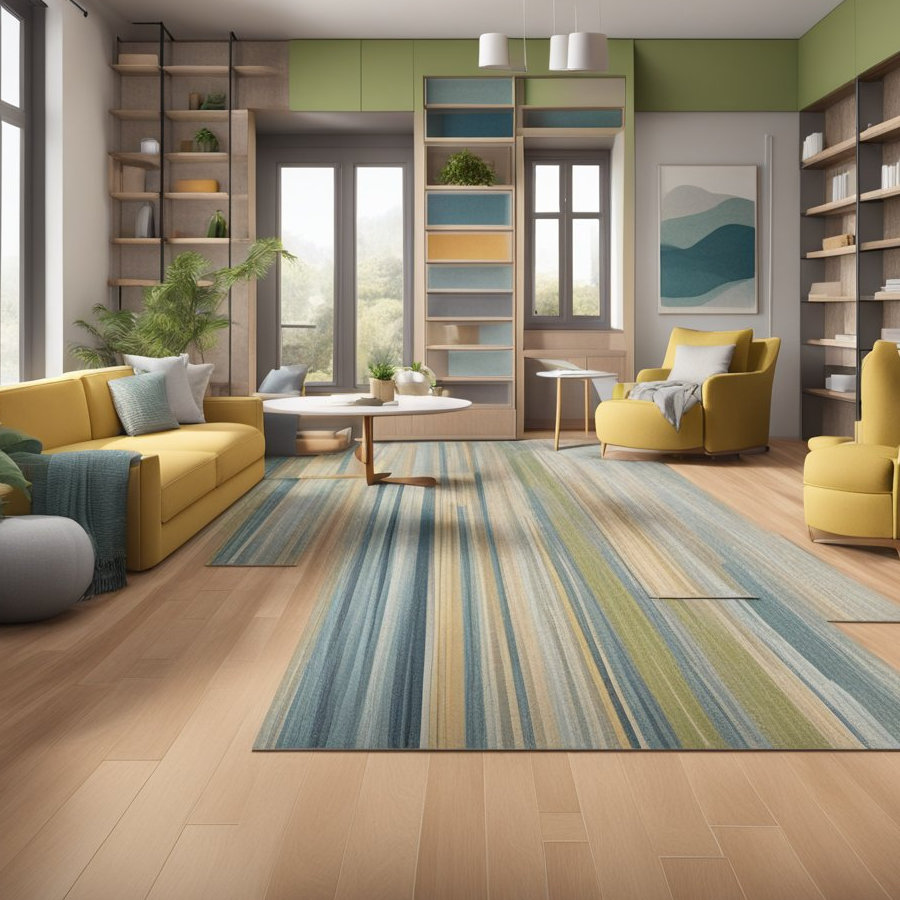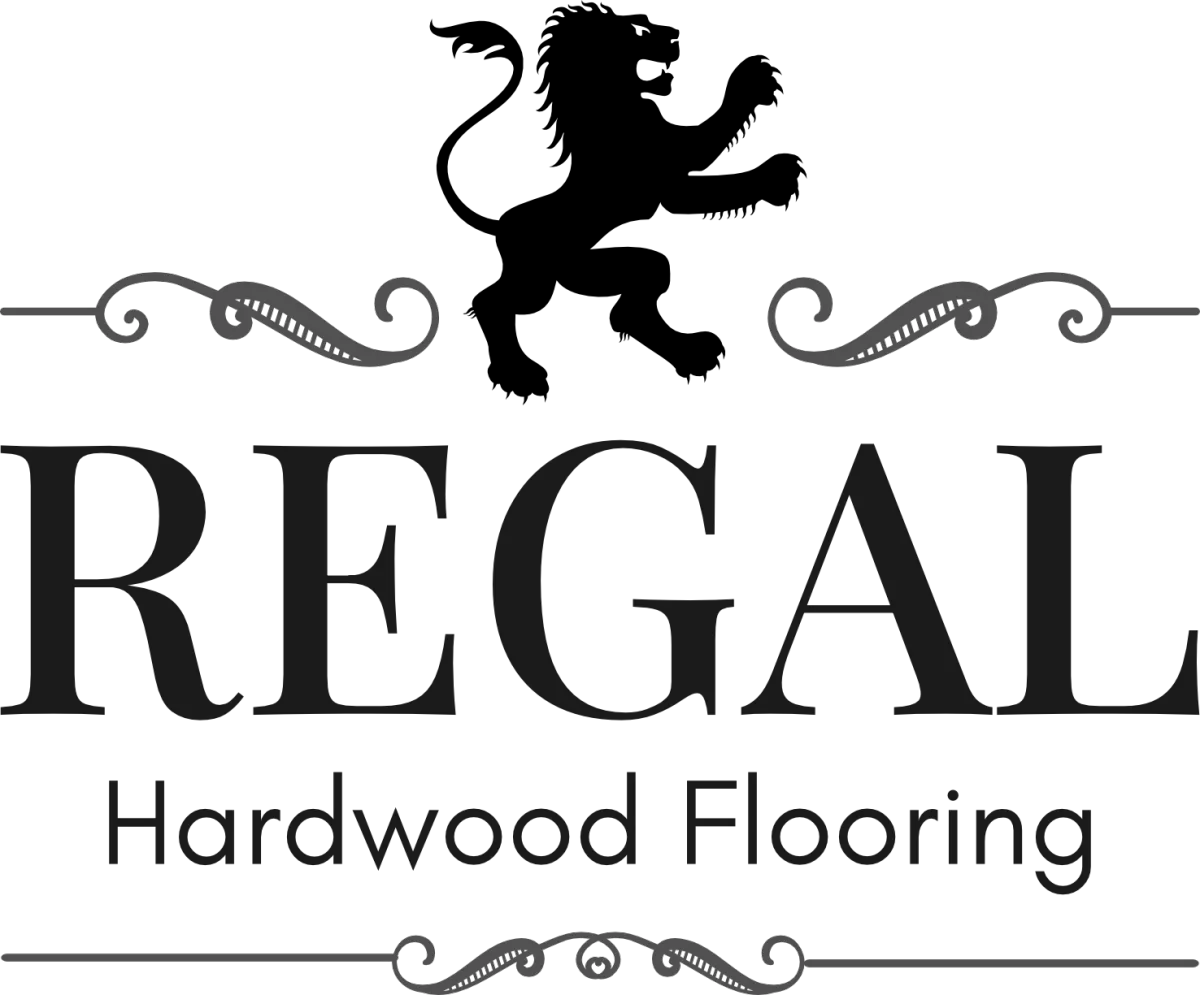
Environmental Impact and Sustainability in Flooring: Choosing Hardwood for Eco-Friendly Homes
Environmental Impact and Sustainability in Flooring: Choosing Hardwood for Eco-Friendly Homes
When deciding on flooring options for a home or commercial space, environmental impact and long-term sustainability are increasingly important considerations. Flooring choices are diverse, ranging from vinyl and carpet to engineered and hardwood floors, each with its distinct environmental footprint. Through production, use, and end of life, these materials can affect everything from indoor air quality to global carbon emissions.
Among the popular choices, hardwood floors stand out for their sustainability and lower environmental impact. Hard wood is a natural resource that, when sourced responsibly, serves as a long-lasting and eco-friendly option. Refinishing hardwood floors rather than replacing them can significantly reduce their carbon footprint, a sustainable practice that extends the life of the flooring and minimizes waste in landfills. Moreover, hardwood flooring, with proper care, can endure for decades, unlike some other flooring materials that may need more frequent replacement.
Key Takeaways
The type of flooring chosen significantly affects environmental sustainability.
Hardwood floors offer a durable, eco-friendly option with a potentially lower lifetime carbon footprint.
Responsible sourcing and maintenance practices can enhance the ecological benefits of hardwood floors.
🔨Transform your space with Regal Hardwood Flooring - Let us bring beauty and elegance to your home. 🪚
Request Your Free Estimate Today! 📋
Environmental Impact of Flooring Materials
When we consider flooring materials, it's imperative to weigh the environmental impact in terms of resource renewability and the sustainability of forestry practices.
Renewable Resources and Biodegradability
Hardwood floors offer substantial environmental benefits due to their natural origin from trees, which are renewable resources. Hardwood is biodegradable, which means at the end of its life cycle, it breaks down without harming the environment. Additionally, the ability to refinish hardwood several times extends its life, reducing the need for replacement and the use of additional resources.
Renewability: Hardwood is sourced from trees that can be replanted.
Biodegradability: Post-use, hardwood decomposes naturally.
Sustainable Forestry Practices
Our choice of hardwood flooring is backed by sustainable forestry practices. These practices ensure that the wood is harvested responsibly, maintaining the balance of wood production and conservation. Programs like the Forest Stewardship Council (FSC) provide certification to forests that are managed sustainably.
FSC Certification: Look for this certification to ensure wood is sourced from responsibly-managed forests.
Conservation: Sustainable forestry protects biodiversity, water resources, and helps in carbon sequestration.
By choosing hardwood floors, we're not only selecting a high-quality and durable option but also taking a step towards protecting our planet.
Hardwood Floors and Sustainability
As we explore the sustainability of flooring options, it's essential to recognize that hardwood floors stand out due to their long lifespan and lower carbon footprint. These aspects make them an environmentally friendly choice for both residential and commercial spaces.
Lifespan and Durability
Hardwood floors are known for their durability and longevity. With the proper care, these floors can last for decades. In fact, it's not uncommon for hardwood floors to last as long as the buildings they're installed in. They can also be sanded and refinished multiple times, which significantly extends their life and often makes them a one-time investment.
Carbon Footprint
Refurbishing existing hardwood flooring has been identified as a means to reduce the carbon footprint by a substantial margin. Studies indicate that refinishing hardwood floors could reduce the carbon footprint by up to 92% compared to replacing them. This is because the production, transportation, and installation of new flooring materials all add to carbon emissions, while refurbishing utilises much less energy and fewer resources.

Sourcing and Production
In our pursuit of sustainable flooring options, we recognise the significance of responsible sourcing and environmentally conscious manufacturing processes. We prioritize these factors because they directly affect the environmental impact and longevity of hardwood floors.
Certified Sustainable Wood
Certified sustainable wood is sourced from forests managed under stringent environmental standards. Forest Stewardship Council (FSC) and Programme for the Endorsement of Forest Certification (PEFC) are two leading organizations that certify wood as sustainable. They ensure that:
The growth rate exceeds the harvest rate to prevent deforestation.
Biodiversity is maintained and enhanced.
The rights of indigenous people and local communities are respected.
Long-term economic viability is promoted.
When selecting wood, looking for these certifications ensures we are supporting sustainable forestry practices, which is vital for both environmental stewardship and social responsibility.
Local Sourcing Advantages
Local sourcing presents several advantages:
Reduces Carbon Footprint: Transport emissions are significantly lowered when the wood does not have to travel long distances.
Supports Local Economies: It stimulates local job creation and investment in the economy.
Ensures Adaptability: Locally sourced wood is generally better adapted to the regional climate, reducing potential environmental stress.
By prioritizing local sourcing, we contribute to the environment and the economic vibrancy of our communities. When considering flooring, hardwood sourced locally and from sustainable practices represents a smart choice that honours both the planet and our societal commitments.
🔨Transform your space with Regal Hardwood Flooring - Let us bring beauty and elegance to your home. 🪚
Request Your Free Estimate Today! 📋
Installation and Maintenance of Hardwood Floors
In selecting hardwood floors, we consider both the environmental impact of installation and the benefits of long-term maintenance. These factors are critical for sustainability and ensure that our flooring choice aligns with eco-friendly practices.
Eco-Friendly Installation Practices
For the installation of hardwood floors, we employ practices that minimize our environmental footprint. We:
Select local or certified sustainable wood: This reduces carbon emissions associated with transportation.
Use low-VOC adhesives and finishes: These materials safeguard indoor air quality by reducing the release of volatile organic compounds.
Implement proper acclimation: By allowing wood to adjust to the moisture levels of its environment prior to installation, we prevent future warping and minimize waste.
Long-Term Maintenance and Repair
Our approach to maintenance emphasizes durability and repair over replacement:
Regular cleaning: We use microfiber mops and pH-neutral cleaners to preserve the finish and reduce the need for harsh chemicals.
Refinishing instead of replacing: We opt for refinishing hardwood floors when possible, which extends their lifespan and can reduce the carbon footprint by up to 92%.
Repairing localized damage: By fixing specific areas of damage, we avoid the waste of full replacements.
Making the Right Choice
When selecting flooring, we consider durability, environmental impact, and aesthetic appeal. Our analysis will compare hardwood with other materials and demonstrate its superiority.
Comparison With Other Flooring Types
Laminate: Often resembles hardwood, but it doesn't have the same longevity or ability to refinish.
Vinyl: A cheaper option with high durability but at a cost to the environment due to its PVC composition.
Carpet: Offers comfort and warmth; however, it requires frequent replacement and harbours allergens.
Tile: Extremely durable and water-resistant, but production can be energy-intensive and not as warm or inviting as wood.
Bamboo: Considered a sustainable choice but often uses chemicals in processing and isn't as robust as traditional hardwood.
Why Hardwood Is the Superior Option
Durability: Hardwood floors can last generations with proper care, and scratches or wear can be sanded and refinished, significantly extending their life.
Sustainability: Responsibly sourced hardwood promotes better forest management and reduces carbon footprint compared to other flooring types.
Air Quality: Hardwood does not trap dust, allergens, or microorganisms, contributing to healthier indoor air quality.
Aesthetics: Hardwood provides a timeless look that can enhance the value of any space with its natural beauty.
Through our comparisons, we establish hardwood not only as an aesthetically pleasing material but also as a durable and environmentally responsible choice for flooring.
Frequently Asked Questions
When choosing eco-friendly flooring, we evaluate both the material's lifespan and its impact on the environment. Herein, we'll explore common queries related to hardwood and its sustainability.
What are the long-term sustainability benefits of hardwood flooring?
Hardwood floors boast a long life expectancy, reducing the frequency of replacement. Responsibly sourced hardwood minimizes environmental disruption and, when reaching the end of its use, can be recycled or used for energy production.
How does bamboo flooring compare to hardwood in terms of environmental friendliness?
Bamboo flooring is often praised for its rapid growth rate and renewability, making it a strong contender in environmental sustainability. However, it's imported from farther afield than local hardwoods, potentially increasing its carbon footprint due to transportation.
What factors should be considered to determine the most eco-friendly flooring options?
We consider the source, production process, transportation emissions, durability, and disposal method. Ideally, the most eco-friendly flooring has a transparent supply chain and low impact from cradle to grave.
Can hardwood floors contribute to better indoor air quality compared to other flooring types?
Hardwood floors do not harbour allergens as some carpets might and are easier to clean, resulting in improved indoor air quality. They also typically have lower volatile organic compound (VOC) emissions if finished with low-VOC sealants.
How does the production process of hardwood flooring affect its ecological footprint?
The ecological footprint of hardwood flooring is largely determined by forestry practices, energy consumption in processing, and finishes used. Sustainable forestry practices and energy-efficient manufacturing methods ensure a lower ecological footprint.
In what ways does the lifespan and recyclability of hardwood floors provide environmental advantages?
Hardwood floors can last for generations, which means less material turnover and waste. At the end of their lifespan, they are often recyclable into other wood products or biomass fuel, reducing landfill waste and promoting a circular economy.

Proudly serving Central to Northern Alberta (including Edmonton, Sherwood Park, St. Albert, Spruce Grove, Stoney Plain, Leduc, Beaumont and Fort McMurray) for over 27 years.
© 2025 Regal Hardwood Flooring
